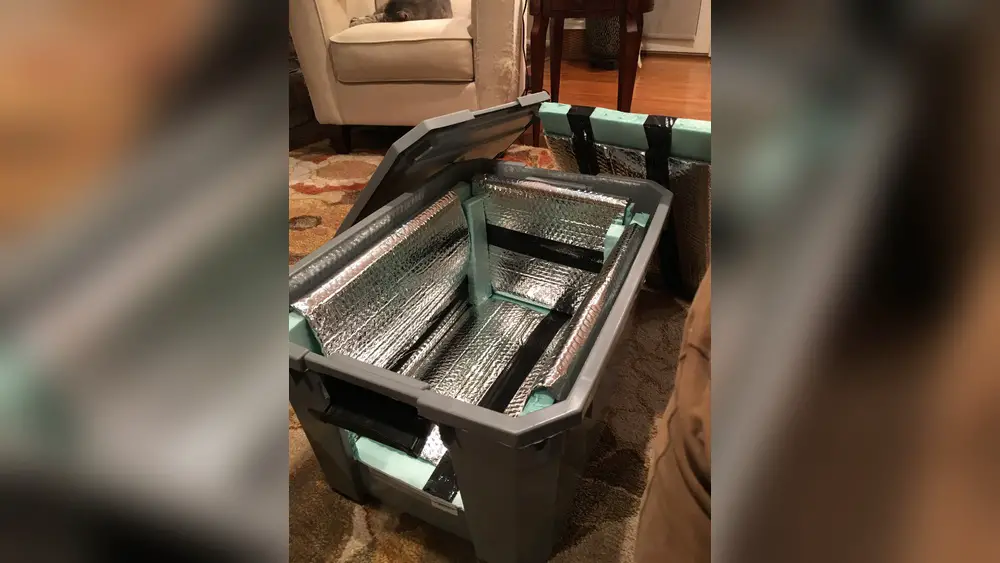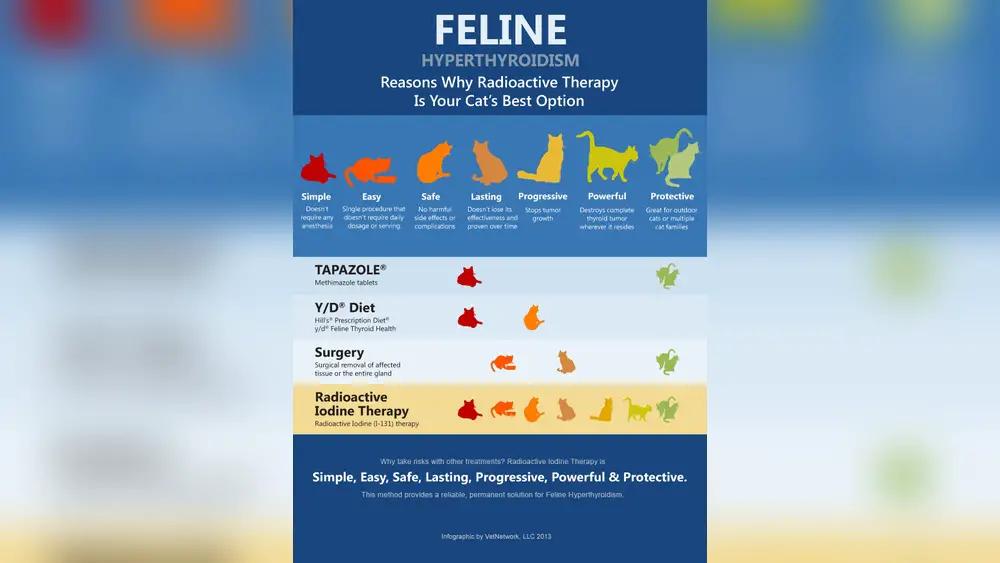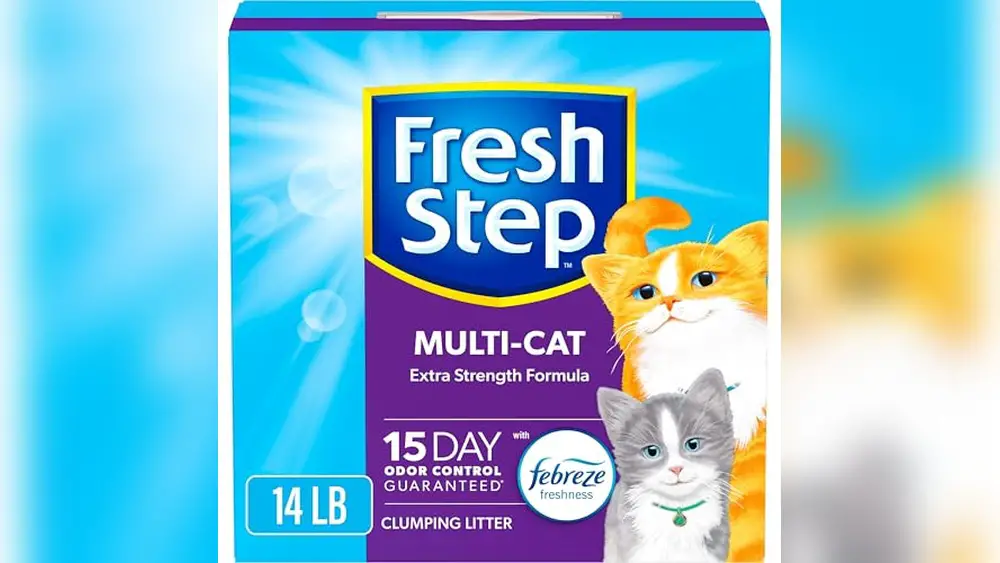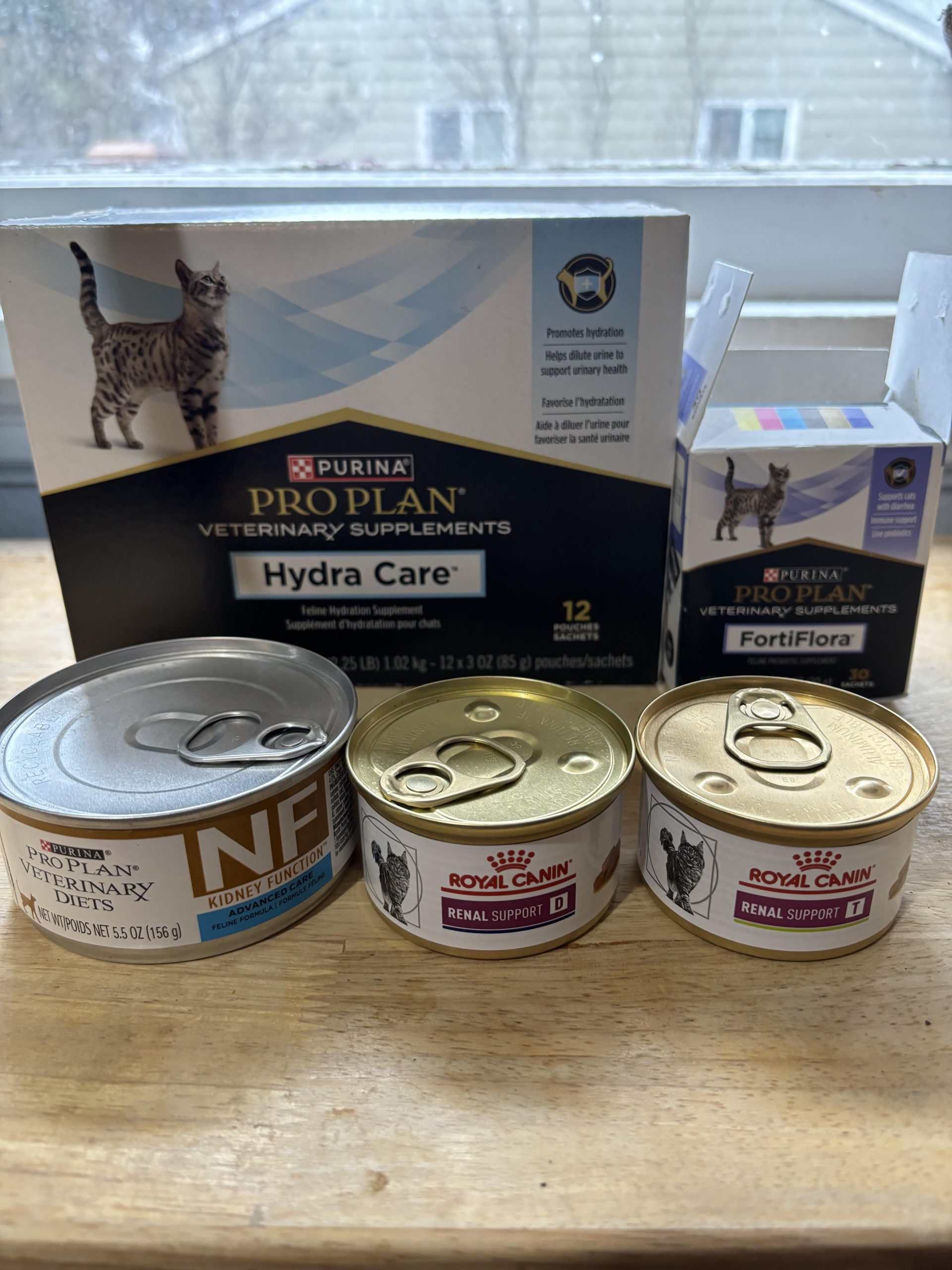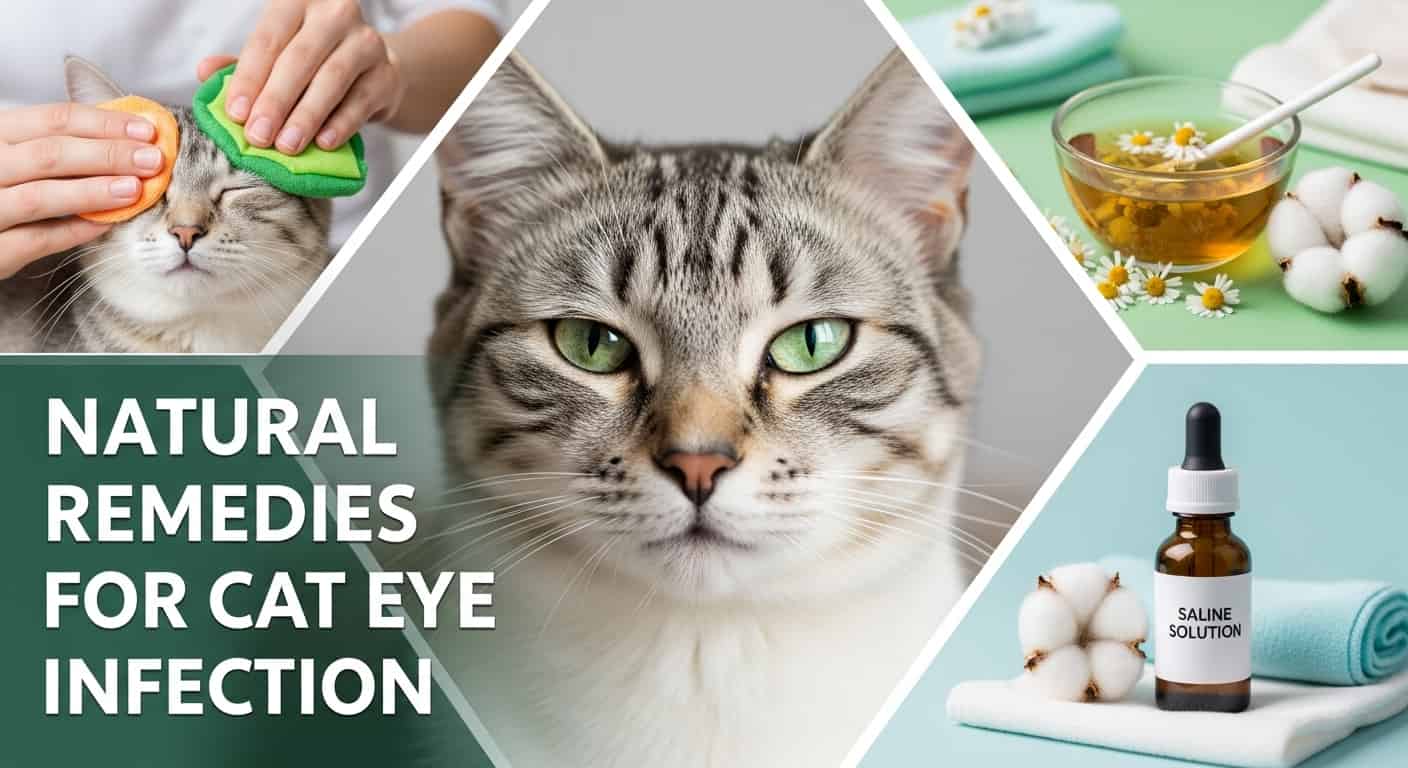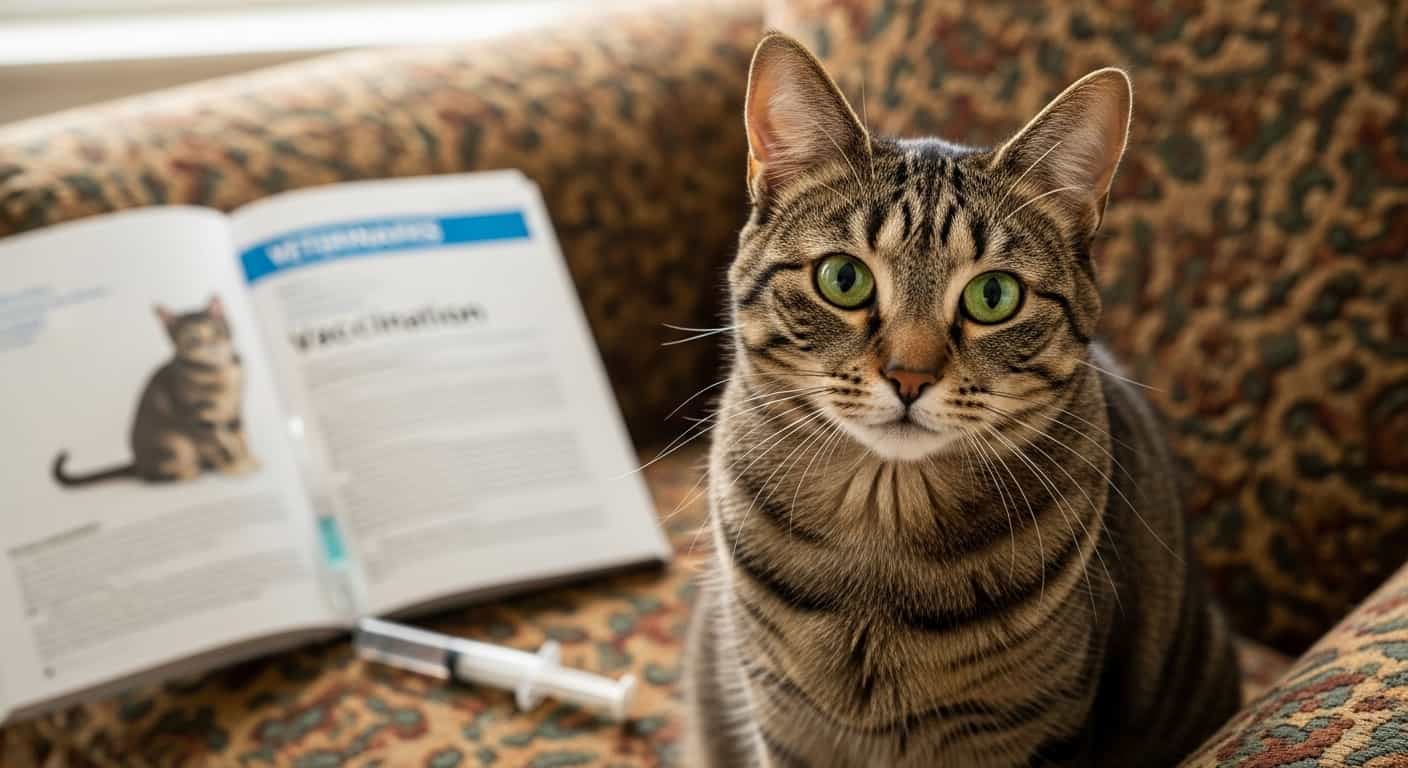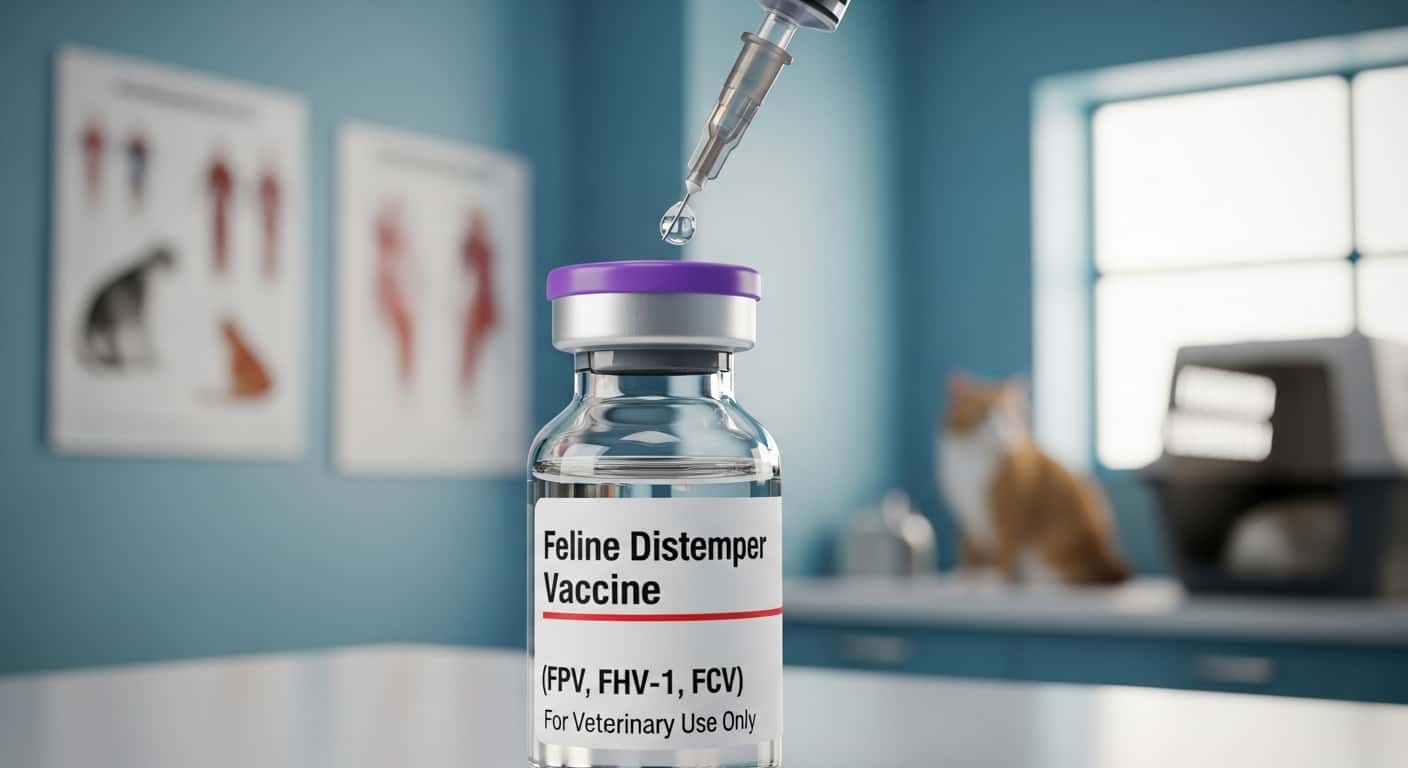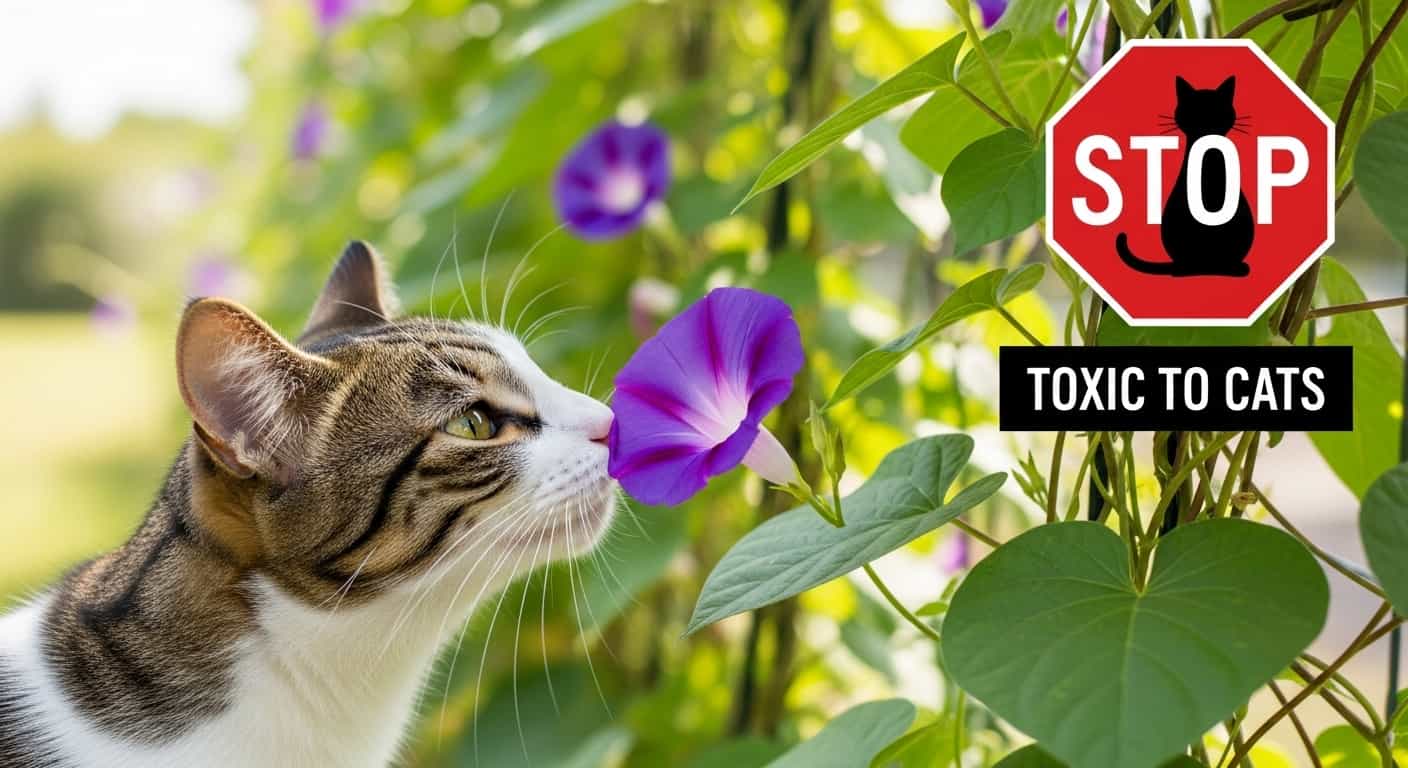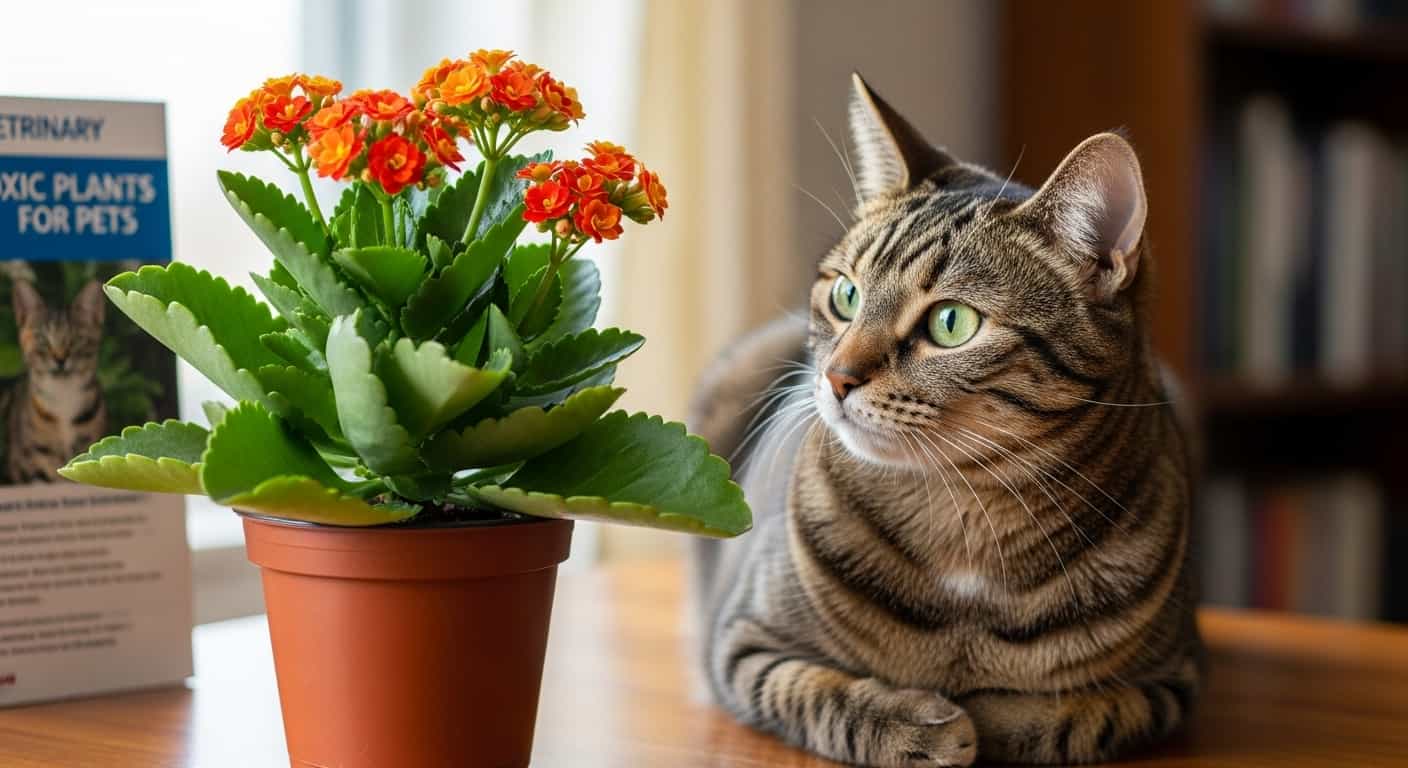If you have an outdoor cat, you want to make sure your furry friend stays warm and cozy no matter the weather. Choosing the best insulation for your outdoor cat house is key to protecting your pet from cold winds and chilly nights.
Table of Contents
ToggleBut with so many options out there, how do you pick the right one? You’ll discover simple, effective insulation ideas that keep your cat comfortable and safe. Keep reading to find the perfect solution for your cat’s outdoor shelter.

Credit: www.youtube.com
Choosing Insulation Materials
Choosing the right insulation materials helps keep your outdoor cat house warm and cozy. Good insulation protects cats from cold winds and wet weather. It also keeps the inside dry and comfortable. Different materials offer various benefits. Some block heat loss better, while others provide softness and extra warmth. Understanding these options guides you to pick what suits your needs best.
Foam Boards And Panels
Foam boards are firm and easy to cut. They fit well inside walls of the cat house. These panels trap air, which slows heat loss. Foam is lightweight and water-resistant. It does not absorb moisture, keeping the house dry. This type of insulation lasts long and works well in cold climates.
Reflective Foil Insulation
Reflective foil insulation bounces heat back inside the cat house. It is thin and flexible for tight spaces. This material works by reflecting body heat from your cat. It also stops heat from escaping through walls. Foil insulation is easy to install and adds little weight.
Straw And Hay Options
Straw and hay are natural and cheap insulators. They provide good warmth by trapping air inside. These materials are soft for your cat to rest on. Straw and hay need regular changing to stay clean and dry. They work well as bedding inside the cat house.
Fleece And Fabric Liners
Fleece and fabric liners add extra comfort inside the cat house. They are soft and keep heat close to your cat’s body. These liners are easy to wash and replace. Using fabric helps prevent drafts and cold spots. They create a cozy, warm space for your pet.
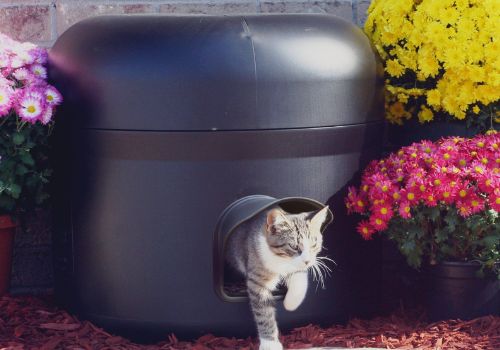
Credit: www.thekittytube.com
Here's a related post that you might find useful. Natural Remedies for Overactive Thyroid in Cats: Effective & Safe Solutions
Insulation Installation Tips
Proper insulation installation keeps your outdoor cat house warm and cozy. It protects your pet from cold winds and harsh weather. Follow these simple tips to install insulation correctly and make the cat house more comfortable.
Sealing Gaps And Cracks
Check every corner of the cat house for gaps or cracks. Use weatherproof sealant or foam to close openings. This stops cold air and moisture from entering. A tight seal keeps warmth inside and pests outside.
Layering Techniques
Use multiple layers of insulation for better warmth. Start with foam board or reflective material near the walls. Add soft batting or straw on top for extra comfort. Layering traps heat and keeps the cat cozy during cold nights.
Waterproofing Measures
Keep insulation dry to maintain its effectiveness. Cover walls and roof with waterproof materials like plastic sheets or tarps. Make sure water cannot soak into the insulation. Dry insulation lasts longer and keeps the cat house warm.
Maintaining Warmth Inside The Cat House
Keeping a cat house warm during cold weather is very important. Cats need a cozy place to stay safe and comfortable outside. Proper insulation helps keep the cold out and the warmth in. Simple steps can improve warmth without trapping too much moisture or air.
Proper Ventilation
Good airflow stops moisture buildup inside the cat house. Moisture can make the space cold and damp. Small vents near the top allow fresh air to enter. This keeps the air dry and prevents mold. Ventilation helps maintain warmth without letting in cold drafts.
Elevating The House
Raising the cat house off the ground stops cold from seeping in. Cold ground pulls heat away from the house. Use bricks or wooden blocks to lift it a few inches. Elevation also keeps the floor dry and clean. This simple step keeps the inside warmer for cats.
Adding Cozy Bedding
Soft bedding traps the cat’s body heat. Straw, fleece, or blankets work well. Straw is best because it stays dry and warm. Avoid cotton, which holds moisture. Replace bedding often to keep it clean and dry. Comfortable bedding makes a warm nest inside the house.
Here's a related post that you might find useful. My Cat Has Blood in His Stool: Urgent Signs Every Owner Must Know
Safety Considerations
Choosing the best insulation for an outdoor cat house means thinking about safety first. Your cat’s health depends on the materials and conditions inside the shelter. Poor choices can cause illness or injury. Proper care keeps your pet warm and safe all year.
Avoiding Toxic Materials
Some insulation materials release harmful chemicals. These can hurt your cat’s breathing or skin. Avoid materials with strong smells or chemical additives. Use natural or pet-safe insulation options. Always check labels for non-toxic claims. Safe materials protect your cat’s health and comfort.
Preventing Mold And Mildew
Moisture inside the cat house can cause mold and mildew. These fungi trigger allergies and respiratory problems. Use insulation that resists moisture and dries quickly. Keep the shelter ventilated to reduce dampness. Regularly check for wet spots or mold growth. Dry, clean insulation keeps the space healthy for your cat.
Fire Safety Tips
Insulation can catch fire if near heat sources. Avoid placing heaters or lamps too close. Choose fire-resistant insulation materials for extra protection. Secure electrical cords to prevent sparks. A fire-safe shelter keeps your cat out of danger.
Cost And Durability Factors
Choosing the right insulation for an outdoor cat house depends on cost and durability. These factors affect how well the cat house stays warm and how long the insulation lasts. Good insulation saves money by reducing the need for extra heating. It also keeps your cat safe in cold weather. Finding a balance between price and quality helps you make a smart choice.
Budget-friendly Options
Some insulation materials cost less but still work well. Foam boards and recycled denim offer good warmth without high prices. These options suit pet owners who want to save money. They are easy to install and replace if needed. Budget-friendly insulation helps keep your cat cozy without spending too much.
Long-lasting Materials
Durable materials resist wear and weather damage. Closed-cell foam and rigid foam panels last longer outdoors. They provide steady insulation even in rain or snow. These materials need less replacement, saving money over time. Long-lasting insulation protects your cat house through many seasons.
Balancing Cost And Effectiveness
Choosing insulation means balancing price and performance. Cheap materials might wear out quickly. Expensive ones may offer more protection but cost more upfront. Consider how often you can replace insulation. Think about your climate and your cat’s needs. A medium-cost option often gives the best mix of durability and warmth.

Credit: www.reddit.com
Frequently Asked Questions
What Is The Best Material For Outdoor Cat House Insulation?
The best insulation materials for outdoor cat houses are foam boards, straw, and reflective insulation. These materials provide excellent warmth and moisture resistance. Foam boards are durable and easy to install. Straw offers natural insulation and comfort. Reflective insulation retains heat effectively, keeping cats cozy.
How Does Insulation Protect Outdoor Cat Houses In Winter?
Insulation traps heat inside the cat house, preventing cold air from entering. It maintains a warm, dry environment for outdoor cats. Proper insulation reduces heat loss and protects cats from harsh winter temperatures. This ensures their comfort and safety during cold months.
Can I Use Household Insulation For My Cat’s Outdoor House?
Yes, some household insulation like foam boards or reflective foil can be used. Avoid materials that absorb moisture or are toxic. Ensure the insulation is safe, non-toxic, and weather-resistant to protect your cat. Proper installation is key to effectiveness and safety.
How Thick Should Outdoor Cat House Insulation Be?
A 1 to 2-inch thickness of insulation is usually sufficient for outdoor cat houses. This provides adequate warmth without taking up too much space. Thicker insulation is better for colder climates. Always balance insulation thickness with available space and ventilation.
Conclusion
Choosing the best insulation keeps your outdoor cat house warm and cozy. It protects cats from cold winds and harsh weather. Materials like foam boards or straw work well. They help maintain a steady temperature inside. Good insulation also saves you money on heating.
Your cat will enjoy a safer, more comfortable space. Think about durability and ease of cleaning too. A well-insulated house supports your pet’s health. Simple steps make a big difference for outdoor cats. Keep them warm, happy, and safe all year long.

